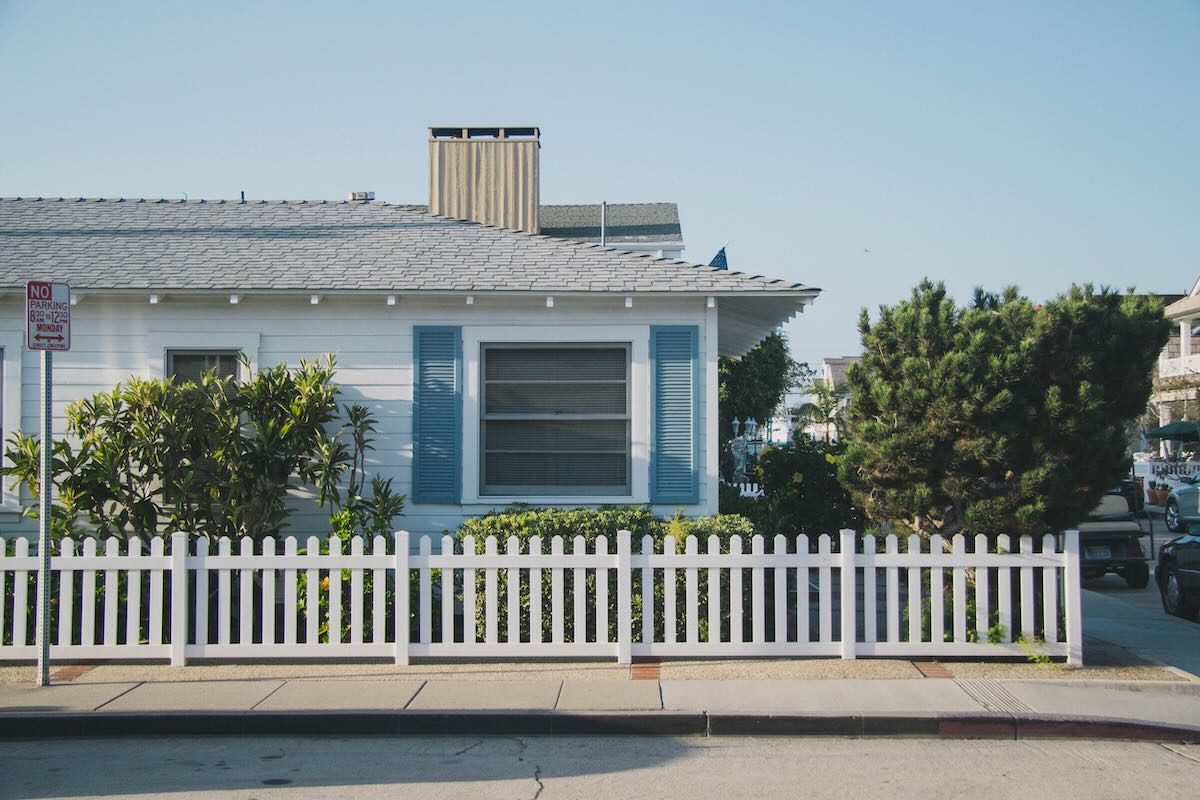Places to Live – Cities & Towns 5

A Tale of Two Cities
This is a Tale of Two Cities. Houston, Texas is the fourth largest city in the United States. It has a population of about 2.4 million people and Harris County about has about 4.3 million residents. Over the past ten years Houston / Harris has reduced chronic homelessness by 63%. The number of newly sheltered, formerly homeless now in stable residences – 25,000.
Previously:
- It took 76 bureaucratic steps and 720 days to house a homeless veteran.
- Millions of dollars and hours and hours of police time were being wasted in jailing the homeless. Ten years ago, Houston police made 20,000 arrests for intoxication.
- Street people were using the ambulance services to get basic medical care – there were no other options.
- Aid agencies, public and private, operated in silos. They competed for the same federal funds, duplicated services, and didn’t communicate.
- Applicants for housing received “snail mail” notices once approved for an apartment – kind of difficult when the address is a tent under a highway overpass.
And then in 2012:
Houston was designated as one of ten US cities to get additional Federal funding and assistance to adopt a “Housing First” policy. And now:
- A new, streamlined process has reduced the veteran housing wait to 32 days.
- The literally dozens of homeless-service providers now meet and coordinate services. Some church-backed providers with pre-conditions of sobriety and / or prayer do not participate, but over 100 agencies now make up the Coalition for the Homeless of Houston.
- The Houston Housing Authority is a full member of the Coalition and allows 250 of the most vulnerable to jump the cue for a home every year.
- The highest “needs” score of the chronically homeless get support – money for rent and utilities, fare for public transit, and other necessities.
- Outreach programs target the chronically homeless for housing eliminating the “snail mail that never can arrive” syndrome
- 4,233 people qualified for rapid rehousing in 2021.
Houston still has a way to go to eliminate chronic homelessness. If 63% is 25,000 people, the remaining 37% means that there are still 14,500 people on the street. However, all political factions and communities in this city seem to agree on a goal of reducing homelessness to a fleeting event. The community working together has made impressive progress.
“Before I leave office, I want Houston to be the first big city to end chronic homelessness,”
Sylvester Turner, Mayor of Houston
And then there is Toronto

Over 18,000 people are homeless in Toronto. In 2021, 8200 people spent each night in shelters, 1600 more than in the previous year. And, every night 40 people are turned away from shelter. The city has received millions in dollars in federal funding but it seems that no one can tell if there has been any progress housing the chronically homeless.
The federal government’s National Housing Strategy plans to spend $78.5 billion to build 160,000 homes across Canada. The Canada Housing and Mortgage Corporation, a federal crown corporation, is in charge of the rollout. There may be money and there may be good intention. However, Canada’s auditor general has found that there is little accountability for achievement in tackling homelessness.
Also, it does not seem that there is an overriding theme such as “The Way Home” in Houston based on Housing First principles. Plus, the Ontario government’s More Homes Built Faster Act seems focussed on affordable home acquisition for the already housed rather than addressing the needs of the homeless. This indicates little coordination of strategy and tactics to eliminate homelessness in that city.
It may seem surprising that Houston, a city built on a go-it-alone business culture, decided to attack its homeless problem on a Finnish style “collective” basis. In the American political vernacular, Houston is located in a “purple” county in a “red state”. But it had done its homework – a coordinated Housing First approach works to reduce homelessness and results in benefits to the whole community.
So ends my Tale of Two Cities – apologies to Charles Dickens.





